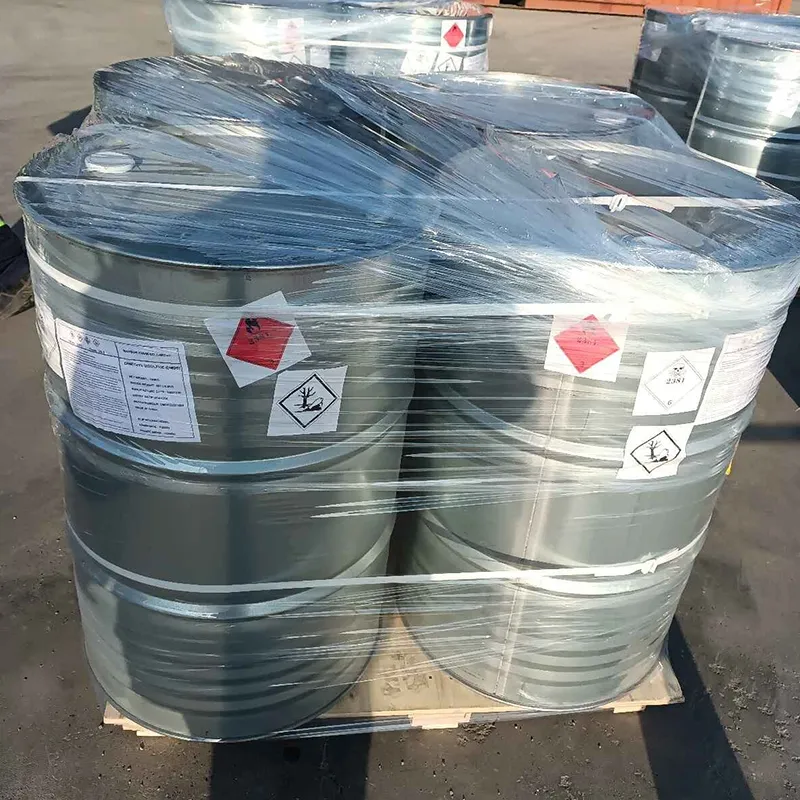
cyanide used for gold
Cyanide Used for Gold Extraction A Double-Edged Sword
Cyanide, a chemical compound known for its toxicity, has been utilized in the mining industry for over a century, mainly for extracting gold from ore. This method, known as cyanidation, has revolutionized the gold mining sector, allowing for the efficient and cost-effective extraction of gold from low-grade ores. However, the use of cyanide in gold mining has sparked considerable debate due to its environmental and health implications. This article delves into both the benefits and drawbacks of using cyanide in gold extraction, highlighting the need for balance in its application.
Cyanide Used for Gold Extraction A Double-Edged Sword
However, the dark side of cyanide use cannot be overlooked. The toxicity of cyanide poses serious environmental risks. Inadequate storage and management of cyanide byproducts can lead to contamination of water sources, which can have devastating effects on local ecosystems. Accidental releases of cyanide can result in massive fish kills and damage to aquatic habitats, as seen in several high-profile mining disasters over the years. Communities that rely on nearby rivers and lakes for their drinking water and livelihoods are particularly vulnerable to these risks.
cyanide used for gold

Moreover, the health implications of cyanide exposure to both mining workers and surrounding communities must be taken into account. Symptoms of cyanide poisoning can range from headaches and dizziness to more severe effects, including respiratory failure and death. Although modern mining operations implement safety protocols and monitoring systems, the potential for accidents persists. The legacy of cyanide spills, such as the Baia Mare disaster in Romania in 2000, serves as a poignant reminder of the consequences of mishandling this hazardous substance.
In response to these concerns, there have been notable efforts to mitigate the risks associated with cyanide use in gold mining. The International Cyanide Management Code (ICMC) was established to promote responsible cyanide management practices among gold mining companies. Signatories to the code commit to minimizing cyanide's environmental and health impacts, ensuring transparency, and reinforcing a commitment to sustainability. While adherence to the Code is voluntary, it has garnered support from various industry stakeholders, fostering a culture of responsibility within the mining sector.
Research into alternative gold extraction methods is also underway. Innovations such as bioleaching, which employs microorganisms to extract gold from ore, and other non-toxic chemicals, are being explored. These alternatives could potentially reduce the reliance on cyanide, offering a more sustainable option for gold extraction. However, most of these alternatives are still in the experimental phase, and widespread adoption remains a complex challenge.
In conclusion, cyanide is a powerful tool in the gold mining industry, enabling the extraction of gold from low-grade ores and driving economic growth. However, the environmental and health risks associated with its use cannot be ignored. A balanced approach is necessary, where mining companies can reap the benefits of cyanidation while implementing stringent safety measures and exploring alternative methods. As the world moves towards more sustainable practices, the challenge remains in ensuring that gold mining can satisfy economic demands without compromising the health of ecosystems and communities. The future of gold extraction will likely hinge on innovation, regulation, and a shared vision of responsible resource management.
-
Pure Sodium Dichloroisocyanurate Dihydrate | Powerful DisinfectantNewsAug.29,2025
-
Industrial Chemicals: Quality & Purity for Every IndustryNewsAug.28,2025
-
Nitrile Rubber Honoring Strict Production StandardsNewsAug.22,2025
-
Aspartame Ingredients Honoring Food Safety ValuesNewsAug.22,2025
-
Fertilizer for Balanced Plant NutritionNewsAug.22,2025
-
Cyanide Gold Processing with High Purity AdditivesNewsAug.22,2025
-
Formic Acid in Textile Dyeing ApplicationsNewsAug.22,2025
Hebei Tenger Chemical Technology Co., Ltd. focuses on the chemical industry and is committed to the export service of chemical raw materials.
-

view more DiethanolisopropanolamineIn the ever-growing field of chemical solutions, diethanolisopropanolamine (DEIPA) stands out as a versatile and important compound. Due to its unique chemical structure and properties, DEIPA is of interest to various industries including construction, personal care, and agriculture. -

view more TriisopropanolamineTriisopropanolamine (TIPA) alkanol amine substance, is a kind of alcohol amine compound with amino and alcohol hydroxyl, and because of its molecules contains both amino and hydroxyl. -

view more Tetramethyl Thiuram DisulfideTetramethyl thiuram disulfide, also known as TMTD, is a white to light-yellow powder with a distinct sulfur-like odor. It is soluble in organic solvents such as benzene, acetone, and ethyl acetate, making it highly versatile for use in different formulations. TMTD is known for its excellent vulcanization acceleration properties, which makes it a key ingredient in the production of rubber products. Additionally, it acts as an effective fungicide and bactericide, making it valuable in agricultural applications. Its high purity and stability ensure consistent performance, making it a preferred choice for manufacturers across various industries.





